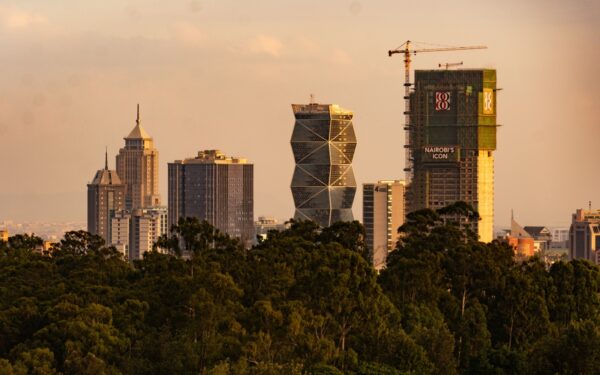How feasible is changing track? Scenario analysis on the implications of changing emission tracks after 2020, from an insufficient global deal on 2020 reductions, to 2°C and 1.5°C pathways
Authors
Share

The IPCC indicated in its Fourth Assessment Report that Annex I (industrialised) countries need to reduce their industrial greenhouse gas (GHG) emissions 25-40% below 1990 levels by 2020 to be on track to limit global warming to near 2°C (above pre-industrial). However reduction proposals currently on the table approaching the Copenhagen Climate Conference in December 2009 fall short of that range.
The minimum of current pledges suggest around a 13% reduction in aggregate, before consideration of the effects of land use, land use change and forestry (LULUCF) crediting. The high end of the present pledges, which are usually conditional on the level of ambition of an international agreement, suggests a maximum aggregate reduction of 20% below 1990 levels by 2020.
This report analyses the potential for changing track after 2020, from an insufficient global reduction by 2020, to two emission pathways that imply a reasonable chance to stay below 2°C and 1.5°C respectively. The latter “base scenarios” were proposed by, respectively, Lord Nicholas Stern and the Alliance of Small Island States (AOSIS) and represent two of the more ambitious emission pathways discussed at high-level political meetings.











